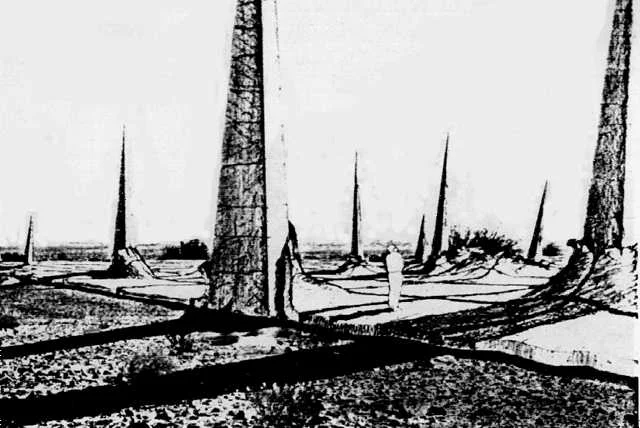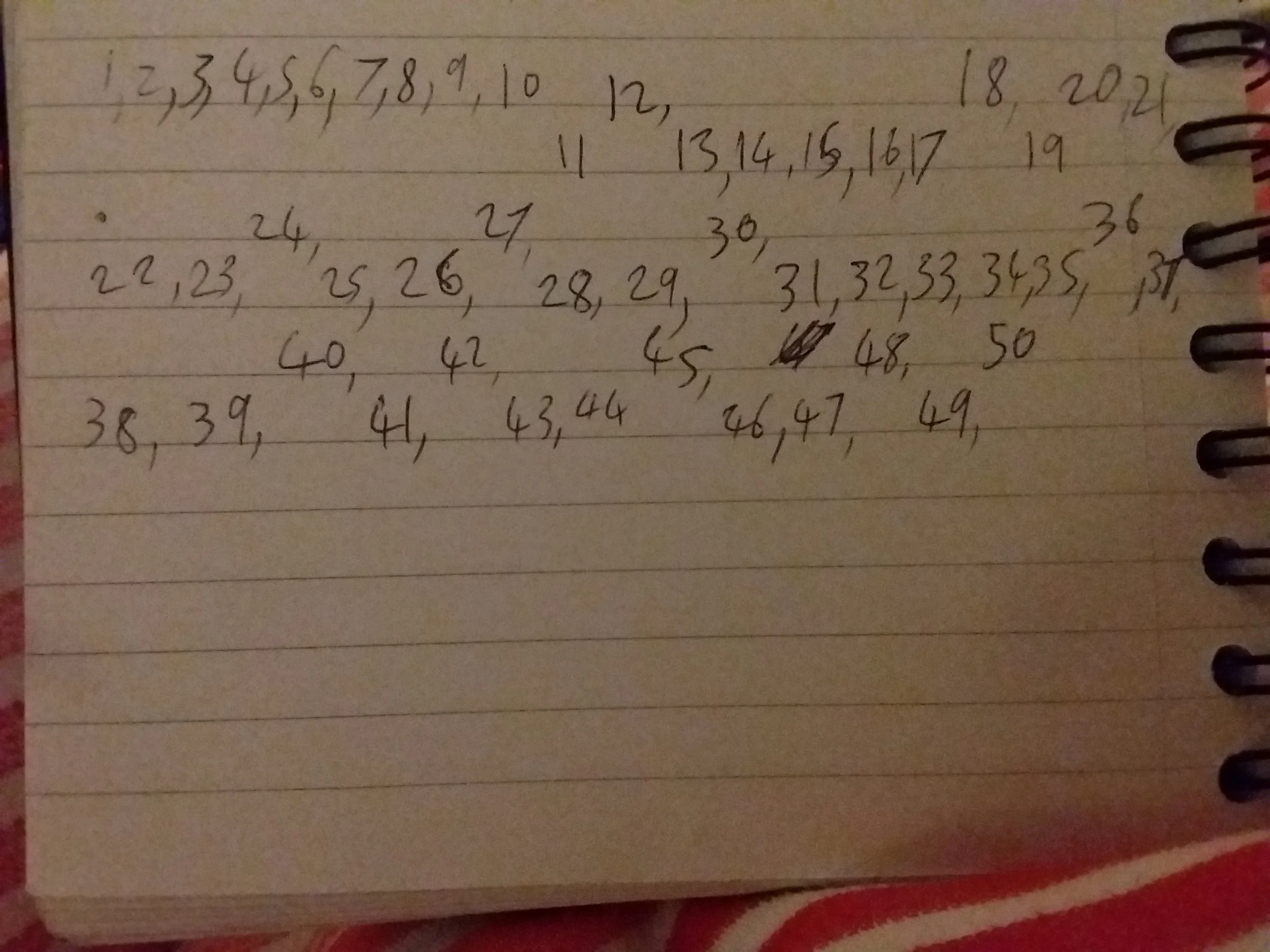Perfect Cuboids
An Euler Brick is a cuboid where each of the sides is of integer length and the diagonals on every face are integer too. It is like we want to have a pythagorian triple for each rectangular face.
Side lengths a, b and c with face diagonals d, e and f.
The smallest set of numbers was found in 1719 and has lengths (44, 117 and 240). Just as with pythagorian triples we can multiply through by some factor to get an infinite number of solutions, but in fact an infinite number of number of starting cuboids can be generated and with have a formula that spits them out.
However if we require the longest diagonal running across the object to also be integer, a so called perfect cuboid, then we run into a problem. No one has yet found a single set of numbers that work, but neither has anyone proved that it is impossible. We've ruled out all numbers up to 2.5x10^10 as the smallest side and we know at least one of the sides must be greater than 3x10^12.
I've mentioned diophantine equations before on this site with Pell's Equation and this amounts to finding integers solutions to:
We have a whole list of things that we know about the solution if it exists. Lifting from wikipedia:
"One edge, two face diagonals and the body diagonal must be odd, one edge and the remaining face diagonal must be divisible by 4, and the remaining edge must be divisible by 16.
Two edges must have length divisible by 3 and at least one of those edges must have length divisible by 9.
One edge must have length divisible by 5.
One edge must have length divisible by 7.
One edge must have length divisible by 11.
One edge must have length divisible by 19.
One edge or space diagonal must be divisible by 13.
One edge, face diagonal or space diagonal must be divisible by 17.
One edge, face diagonal or space diagonal must be divisible by 29.
One edge, face diagonal or space diagonal must be divisible by 37."
So far this remains yet another unsolved problem in number theory.









